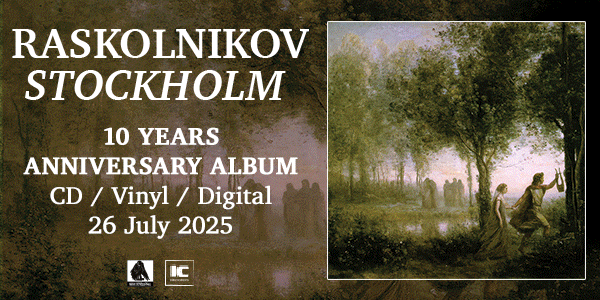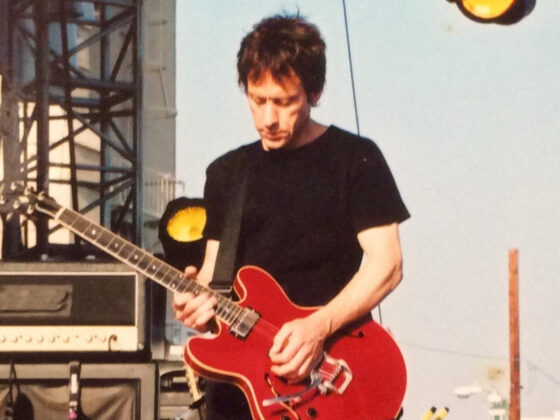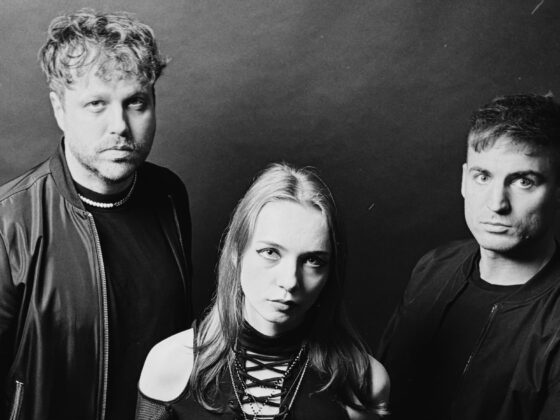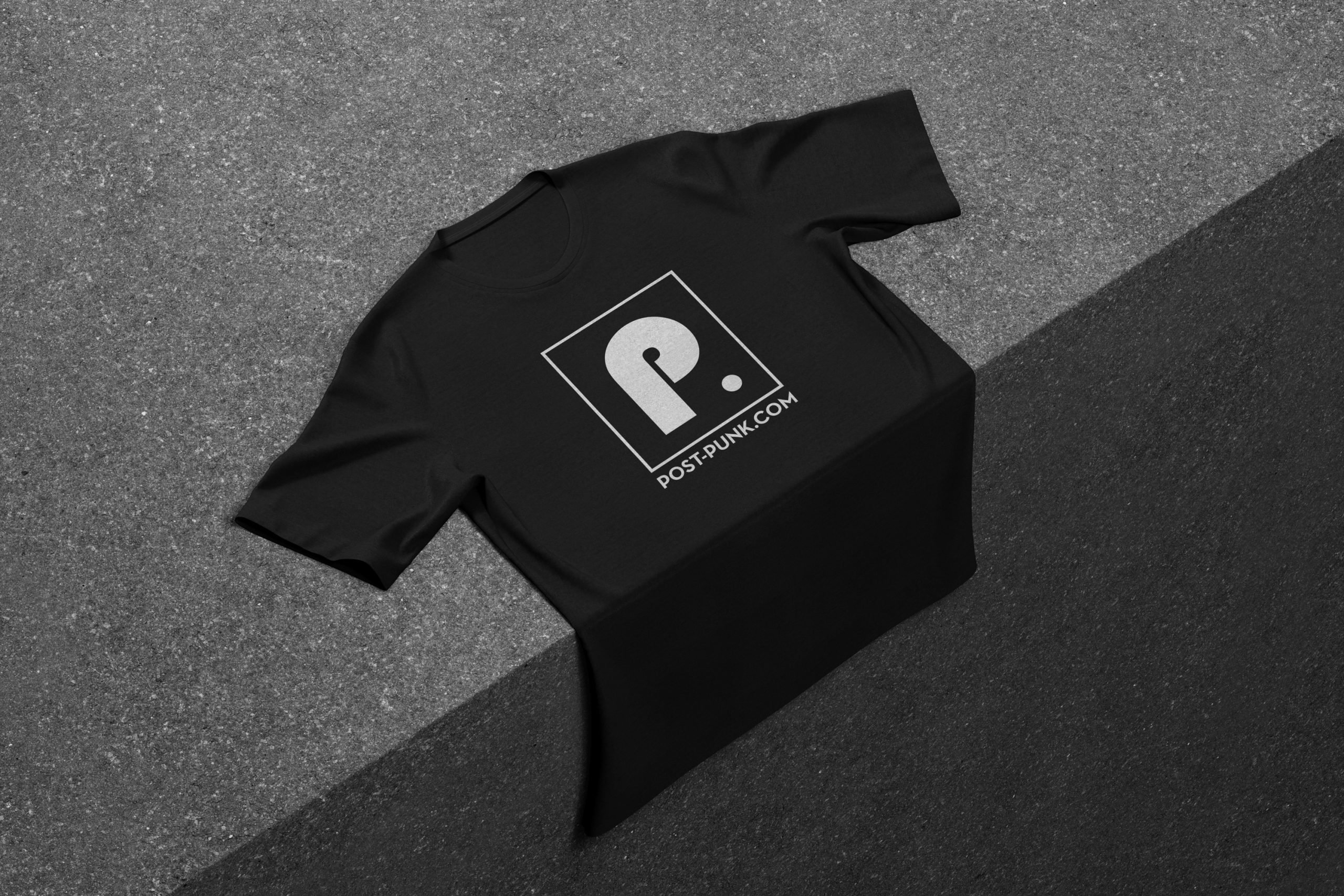Enrarecidos
Los aires
Los ríos
In 2006, the Ecuadorean post-punk ensemble La Calle Morgue blossomed under the tender collaboration of Juan Auz (Naturata Brutalismus) and Jaime Murgueytio (Sexores), intertwining their artistic souls to reinvigorate Ecuador’s music scene with a passionate new essence. Their muse was the enigmatic allure of late 1970s punk and early 1980s post-punk, with a particular enchantment for the genres’ more shadowy, mysterious elements. This harmonious fusion of styles and emotions endowed La Calle Morgue with a uniquely captivating musical identity that resonates deeply within the heart of Ecuador’s cultural legacy.
Today, the members of La Calle Morgue are scattered across Europe and Ecuador, yet their commitment to their art remains unwavering. Vocalist and keyboardist Juan Auz is now a fixture in Berlin’s music community, both as a DJ and through collaborations with local punk and post-punk acts. Bassist Victor Pazmiño has found a new home in Barcelona, immersing himself in its thriving cultural scene. Back in Quito, guitarist Jaime Murgueytio and drummer Christian Arias are busy with new musical endeavours. Despite the geographical divide, the band retains a strong creative connection, and recently announced the upcoming release of a new single and its accompanying video, titled La Última Eclosión.
At its core, La Última Eclosión delves into the dialectical interplay between the individual and the collective, examining how the oscillations of matter and energy shape our mental health and societal structures. The song artfully uses the metaphor of falling and rising to depict the struggles and triumphs of an individual’s journey through life and reflect the dynamics of social movements during historical transformations. The song’s underlying message is profound yet simple: the forces that propel life and change, often unpredictable and uncontrollable, should be acknowledged and embraced before attempting to influence the course of human history.
In the music video for La Última Eclosión, directed by Steve Heredia, the visuals explore the interplay between the individual and the collective. Filmed in the stark yet captivating landscape of the Palmira Desert in Ecuador, dancers Amanda Nostalgie and Geovanny Becerra perform an evocative choreography, their movements resonating against the expansive and barren backdrop. This setting was not chosen arbitrarily; it reflects the intricate themes of the song, creating a vivid representation of contradiction. The desert embodies both desolation and beauty, serving as a metaphor for the transformative potential inherent in existence. The video, much like the song it accompanies, underscores the notion that in the heart of desolation, beauty can emerge – and conversely, within beauty, there exists the potential for desolation. This interplay, visually and thematically rendered, speaks to the song’s core message about the unpredictable yet undeniable forces that shape life and history.
Watch the spellbinding video below:
La Última Eclosión, which had been in the pipeline for some time, was brought to fruition with the collaborative efforts of Christian Arias and Victor Pazmiño in January 2021. Recorded at La Increíble Sociedad Studios in Quito, the track underwent a meticulous mixing, production, and mastering process by Daniel Pasquel from February to May 2021.
La Calle Morgue has evolved notably since their 2008 debut EP La Ciudad Hundida, which brought them international acclaim and festival appearances with its themes of occultism and existentialism. Their momentum continued with a politically charged, self-titled EP in 2011, leading to performances at major Latin American festivals. The 2013 single Frecuencia de las Aves expanded their international footprint, featuring in global media and on national Ecuadorian platforms. Their recognition peaked with inclusion in a 2015 Joy Division tribute and the 2017 release of their first LP Neferu, marked by a national tour and a video for the track Noche en Vela. Throughout, La Calle Morgue’s work, characterized by a blend of dark poetry, history, and politics, has redefined aesthetic boundaries in music.
Follow La Calle Morgue:
















 Or via:
Or via: